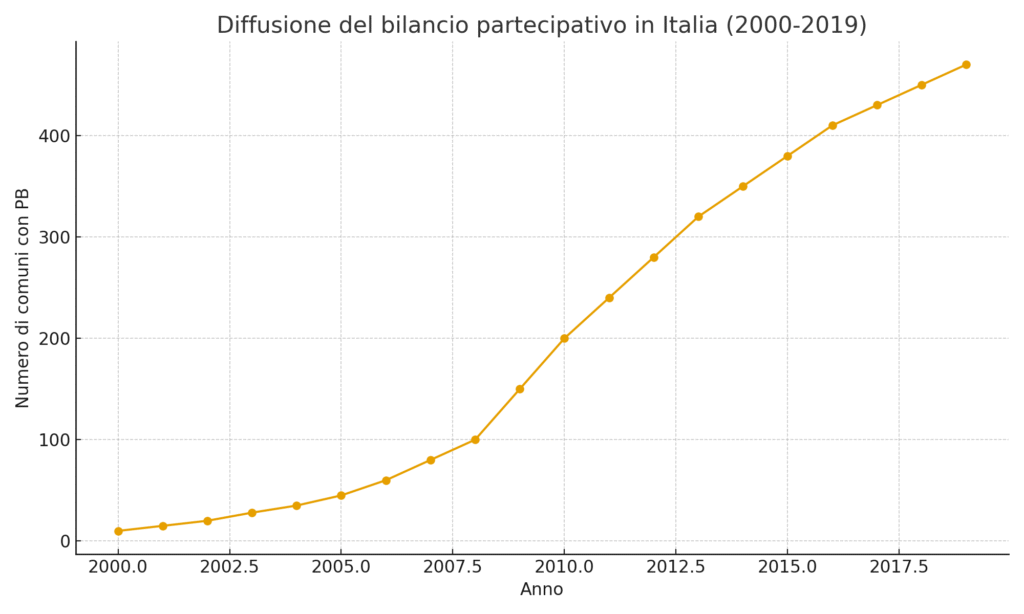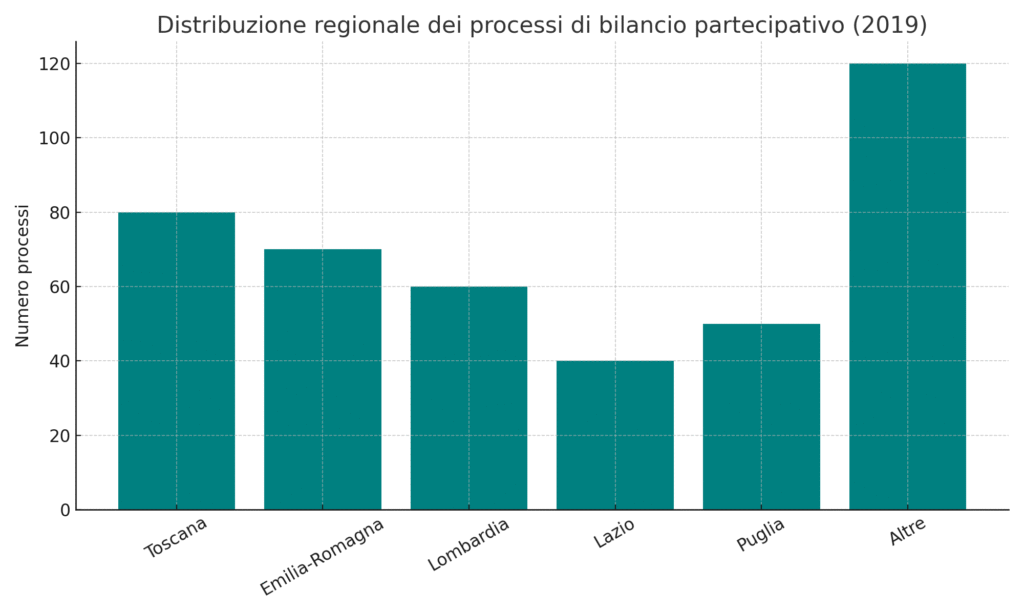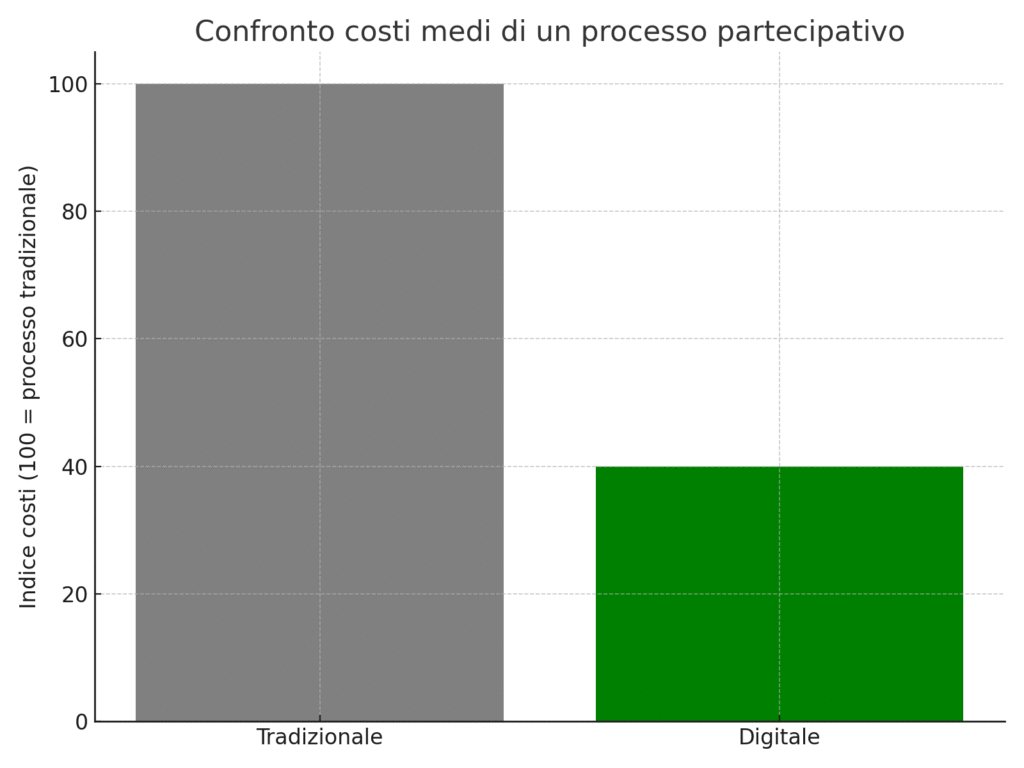
E-democracy experiences in Italian regions
Introduction
Over the past two decades, e-democracy has taken root in Italy through regional and municipal pilots that complement representative institutions with transparent, inclusive, and efficient digital processes. When anchored in clear rules, official platforms, and measurable outcomes, these practices make decisions more informed and traceable.
👉 For broader context, also read: What is digital democracy and why it matters today · Participatory budgeting in Italian municipalities · The principles of collaborative democracy
Tuscany: a stable legal framework
Tuscany is a pioneer in Italy. The region adopted a dedicated participation law (L.R. 69/2007) and later L.R. 46/2013 on public debate and participation, establishing procedures, instruments, and a dedicated authority that has supported continuity and quality of processes.
Official sources: Regional Law 69/2007 (IT) · Regional Law 46/2013 (IT)
Emilia-Romagna: the “ioPartecipo+” platform
Emilia-Romagna consolidated consultations and co-design through the institutional hub ioPartecipo+, which aggregates projects, documentation, and participation rules. A regional platform helps set common standards, ensure document transparency, and maintain a public archive of outcomes.
Learn more: ioPartecipo+ (project page, IT) · ioPartecipo+ (all projects, IT)
Lombardy: digital consultations
In Lombardy, digital channels have been used for regional spatial and strategic plans to broaden access and capture structured inputs. Digitization improves traceability of contributions and enables comparative analysis versus previous paper-based rounds.
Lazio: innovation and public calls
In Lazio, initiatives linked to social innovation and public funding adopted digital workflows for proposal submission, evaluation, and reporting. Open documentation and online decisions increase process clarity and public understanding.
Municipalities & urban commons: the Bologna case
Working at city level, Bologna’s Regulation on collaboration between civic actors and the Administration is a national reference for patti di collaborazione (collaboration pacts) on urban commons. Publishing rules and guidelines supports replication and strengthens trust between institutions and citizens.
Documents: Regulation overview (IT) · Regulation PDF (IT)
National data on Participatory Budgeting (PB)
To gauge the spread of Participatory Budgeting in Italy, open datasets curated by the University of Padua provide national coverage over time. The 2018 dataset documents PB initiatives (1994–2019), while the 2019 dataset maps municipalities and territorial metadata for regional and temporal comparisons.
- PB Italy Dataset 2018 (University of Padua, IT/EN abstract)
- PB Italy Dataset 2019 (University of Padua, IT/EN abstract)
Observed benefits vs. traditional processes
International evidence from the OECD shows that well-designed participatory and deliberative processes improve policy quality, decision legitimacy, and public trust. In the Italian setting—diverse and evolving—benefits typically include:
- Transparency: rules, documents, and reports published on official portals; traceable inputs and outcomes.
- Access: remote participation lowers logistical barriers compared with in-person-only assemblies.
- Administrative efficiency: standardized digital workflows (submission, classification, reporting) reduce duplication and handling time.
- Reusability: platforms reuse identity, forms, and workflows, lowering marginal costs across cycles.
On economic savings, OECD comparative work documents reductions in indirect costs (e.g., document handling, reconciliations, staff time) and opportunity costs. Precise percentages vary by scope, tools, and organizational capacity and should be stated with source-specific context.
Challenges and success conditions
- Digital inclusion: support citizens and associations with lower connectivity or skills.
- Mandate clarity: specify what is open for negotiation, how results are used, and how they connect to formal decisions.
- Evaluation: track participation rates, diversity of participants, implementation of proposals, and response times.
Illustrative figures



Conclusion
Italian e-democracy pilots show how, when supported by clear rules, institutional platforms, and evaluation methods, digital participation can complement traditional processes, raising transparency, access, and effectiveness. The next step is to consolidate common standards and more even diffusion, leveraging open data to monitor results and collective learning.
References
- Regione Toscana — Regional Law 69/2007 (IT) · Regional Law 46/2013 (IT)
- Regione Emilia-Romagna — ioPartecipo+ project (IT) · ioPartecipo+ projects (IT)
- Comune di Bologna — Urban Commons Regulation (overview, IT)
- University of Padua — PB Italy Dataset 2018 · PB Italy Dataset 2019
- OECD — Innovative Citizen Participation and New Democratic Institutions (2020) · Full report (PDF) · Exploring New Frontiers of Citizen Participation (2024, PDF)
Suggested SEO tags
e-democracy Italy, regional experiences, participatory budgeting, digital consultations, public participation platforms, digital democracy


